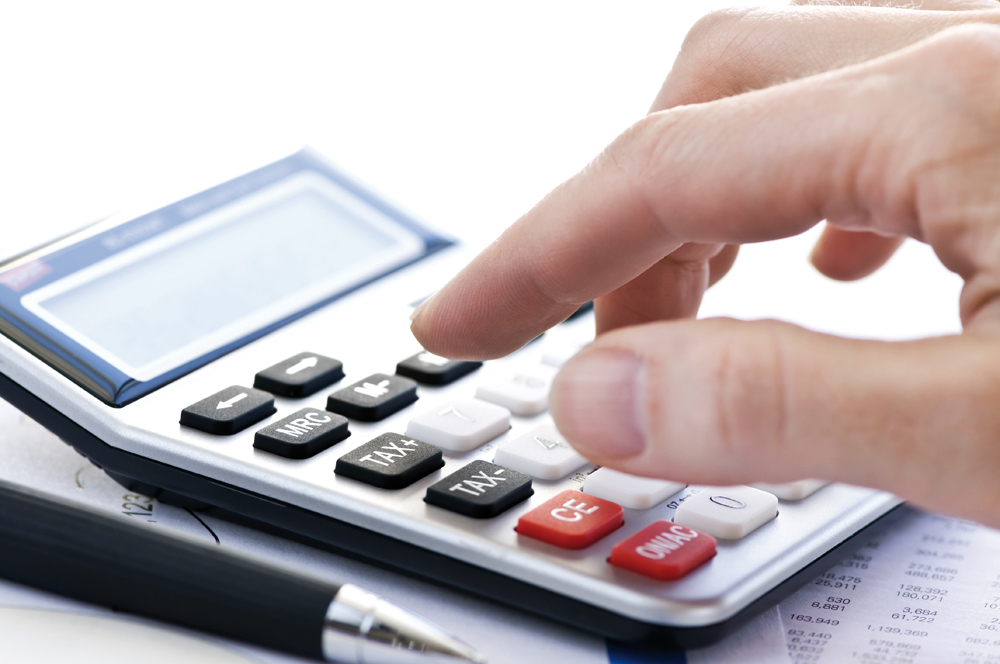Blog
How to get back income tax you paid last year

Wealth Club’s co-founder and investment director Ben Yearsley examines how you can bring down your income tax bill by using an Enterprise Investment Scheme.
Completing a tax return is dull. This is why I, like many, retain an accountant to do the legwork. I still have to look at it though, as I must confirm it as an accurate reflection of my financial affairs and pay any tax due.
I have a diverse portfolio of investments, so every year I typically must pay tax on the dividends I receive – one of the most annoying things is writing that cheque to the taxman.
Every year I sit back and ask myself why I didn’t contribute more to a pension to reduce my higher rate of tax or invest more in a VCT to both offset the tax due and generate a long-term taxable income stream.
The reason is simple: I never quite know how much tax will be due until it is too late.
Both VCTs and pension contributions have one obvious shortcoming. You can only offset a particular year’s tax bill if you make the investment in the same year. It is too late to alter anything after the tax year has ended.
With the new pension legislation that came into effect in April, many higher earners could have a much lower annual pension allowance, maybe as little as £10,000, though the VCT allowance is much higher at £200,000 per tax year.
However, there is one investment that allows just that: the Enterprise Investment Scheme, EIS in short.
Suppose you invested in an EIS today, three months after the end of the tax year. You could still use that investment to lower your tax bill for last year.
An EIS is a tax wrapper around an investment into very small companies – investors can choose to invest in a portfolio, managed by a professional, or simply choose individual single companies.
With investment into an EIS, you can nominate in which tax year to claim income tax relief of up to 30% of the investment – either the current or previous year. You cannot claim back more tax than you are due to pay or have paid. For example, if once you complete your tax return you find your tax liability is £15,000, an investment of £45,000 into EIS will wipe out that tax bill.
One thing to bear in mind is timing. Self-assessment forms and any tax due have to be submitted by 31 January 2017 for the tax year ended 5 April 2016. To claim the 30% EIS relief, a form known as EIS3 is needed, which can take up to six months to receive. Therefore, if you’re doing your calculations and find your tax bill is larger than you thought, now could be an opportune time to consider EIS if you have some spare funds to invest.
Ben Yearsley is co-founder and investment director at Wealth Club